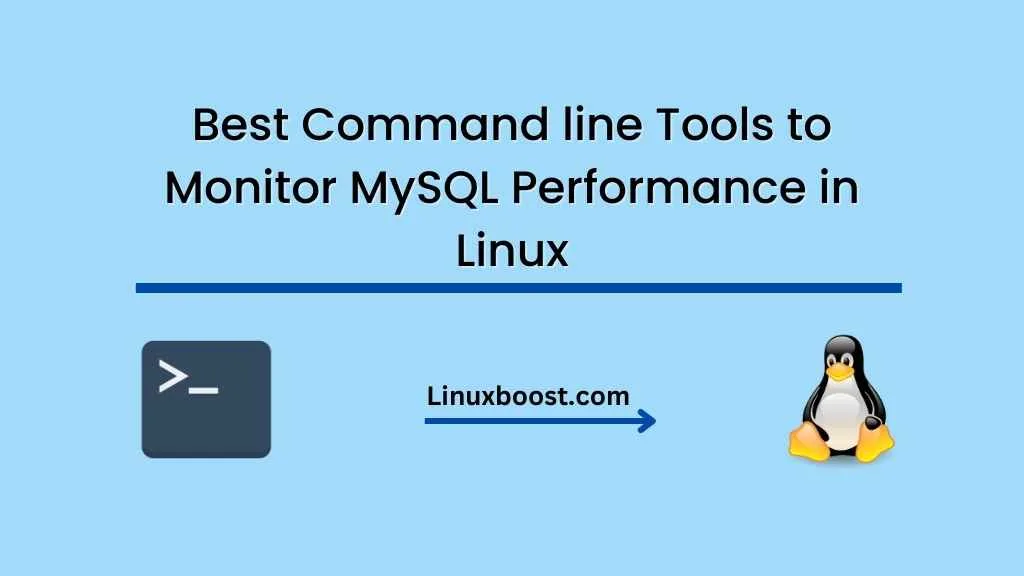MySQL is one of the most widely used open-source database management systems in the world. It is fast, reliable, and scalable. However, as with any database management system, monitoring its performance is crucial to maintaining optimal system performance. In this blog, we will discuss some of the Best Command line Tools to Monitor MySQL performance in Linux.
MySQLTuner
MySQLTuner is a Perl script that analyzes your MySQL server and provides recommendations on how to improve its performance and security. It analyzes various aspects of your MySQL installation, including configuration settings, database structure, and usage patterns. MySQLTuner is easy to use and provides a wealth of information that can help you fine-tune your MySQL server for optimal performance.
To install MySQLTuner on Linux, you can use the following commands:
wget http://mysqltuner.pl/ -O mysqltuner.pl
chmod +x mysqltuner.plTo run MySQLTuner, simply execute the following command:
perl mysqltuner.plMytop
Mytop is a command-line tool that provides real-time monitoring of MySQL server performance. It displays a list of running queries, their execution time, and the number of rows affected. Mytop also displays various statistics about the MySQL server, such as the number of threads, total connections, and cache hit ratio.
To install Mytop on Linux, you can use the following command:
sudo apt-get install mytopTo run Mytop, simply execute the following command:
mytop -u username -p password -h hostnameReplace “username,” “password,” and “hostname” with your MySQL server login credentials and hostname.
Percona Toolkit
Percona Toolkit is a collection of command-line tools designed to help you manage and monitor MySQL databases. It includes several tools for monitoring MySQL server performance, such as pt-summary, which provides an overview of your MySQL server configuration and performance, and pt-mysql-summary, which displays statistics about the MySQL server.
To install Percona Toolkit on Linux, you can use the following command:
sudo apt-get install percona-toolkitTo run pt-summary, simply execute the following command:
pt-summaryTo run pt-mysql-summary, execute the following command:
pt-mysql-summaryMySQLadmin
MySQLadmin is a command-line tool that comes with the MySQL server installation. It allows you to perform various administrative tasks, such as monitoring MySQL server status, checking the server version, and viewing server variables.
To check the MySQL server status, simply execute the following command:
mysqladmin -u username -p password statusReplace “username” and “password” with your MySQL server login credentials.
SAR
SAR (System Activity Reporter) is a command-line tool that provides system performance data. It can be used to monitor MySQL server performance, as well as other system resources. SAR collects data on CPU usage, disk activity, network activity, and other system metrics.
To install SAR on Linux, you can use the following command:
sudo apt-get install sysstatTo view system performance data, execute the following command:
sar -u 1 5This command will display CPU utilization data every second for five seconds.
Conclusion
In conclusion, monitoring MySQL server performance is crucial to maintaining optimal system performance. The command-line tools discussed in this blog can help you monitor various aspects of your MySQL server, including configuration settings, database structure, and usage patterns. These tools can help you identify performance bottlenecks and fine-tune your MySQL server for optimal performance.





